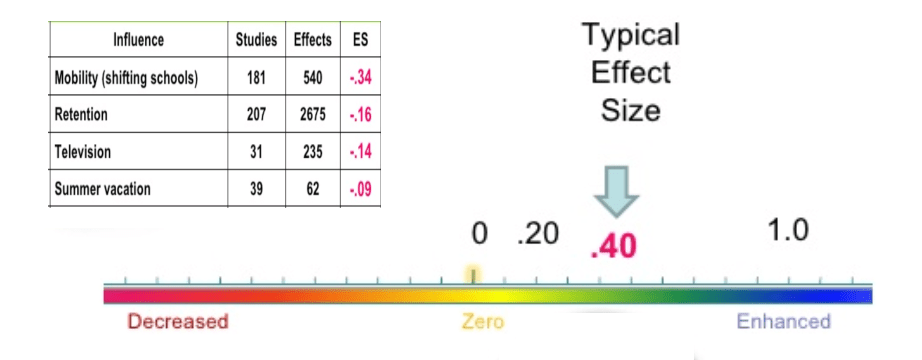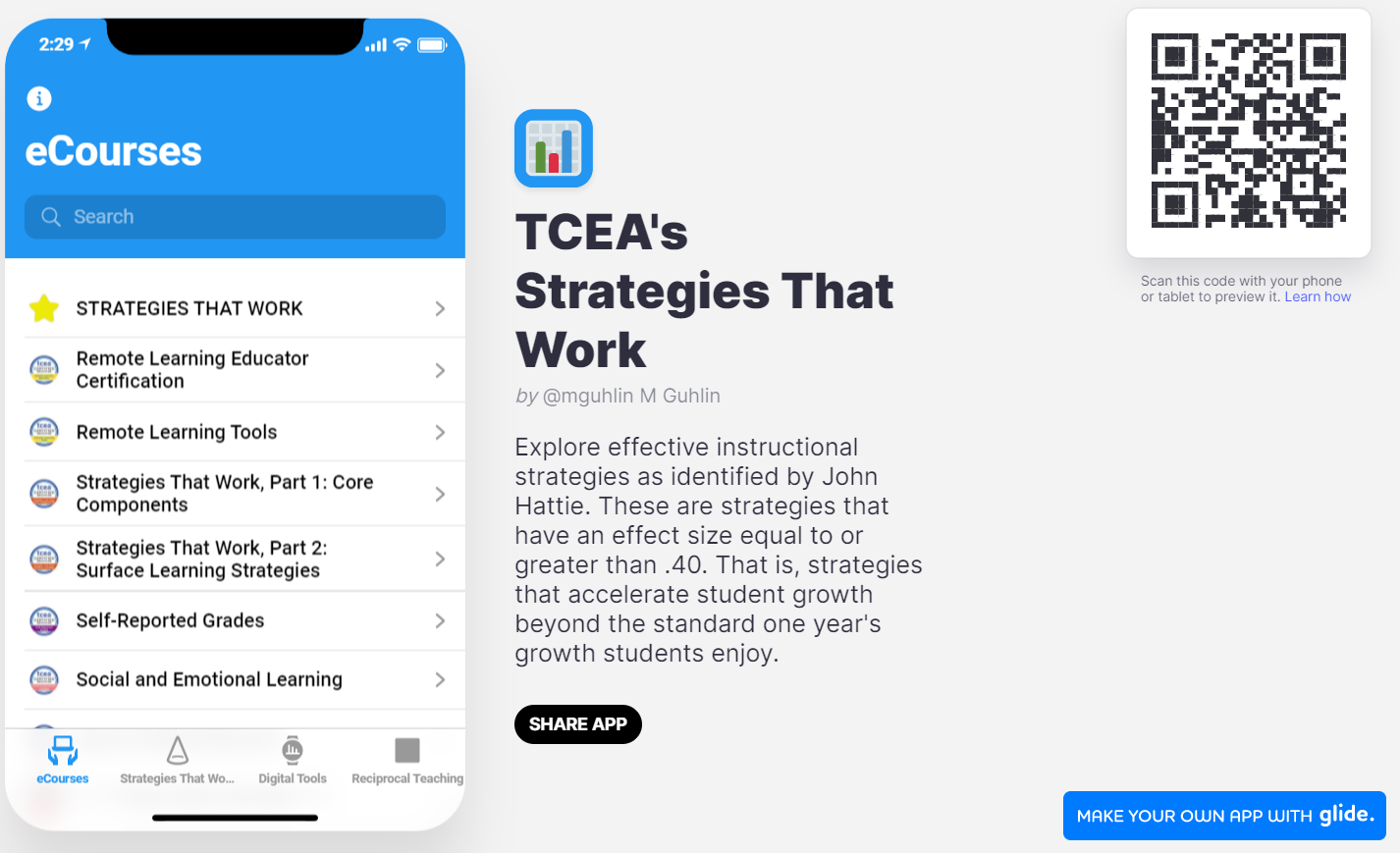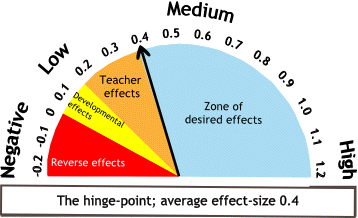“We have a wide array of instructional strategies implemented,” Terri said. “We use depth and complexity to improve student understanding.” Like this fourth grade educator, many educators rely on classroom instructional strategies. These strategies differ in effectiveness, as John Hattie’s meta-analysis shows. Often, these most effective strategies are unknown to classroom teachers. This blog entry suggests one way to introduce them to effective strategies.
What is “Depth and Complexity?”
The Depth and Complexity Icons are visual prompts. They assist students to enhance their ability to think in a critical manner. These critical thinking tools enable students to dig deeper into a concept (depth). This facilitates understanding a concept with greater complexity. (Source)
First Contact
“Did you know about reciprocal teaching?” I asked the group of educators in my session. Only one had heard of reciprocal teaching, a strategy with an effect size of .74. A strategy’s effect size, when greater than .40, can result in more than a year’s growth in learning for students. For educators comfortable with a wide array of strategies, one question rises to the top. The question is, “How do you know if what you’re doing in the classroom is effective?”
Gauging Effectiveness
Into the stunned silence that question results in, John Hattie’s meta-analysis provides answers. Although critiqued as flawed, Hattie’s work highlights strategies that stand on their own. These strategies empower teachers with research-based tools to nurture student growth.

Teachers employing instructional strategies in tandem may not know their effect size. In this case, effect size translates into effectiveness at improving student growth. As pointed out in this chart (shown above), below zero reverses achievement. What do those below zero activities look like?
Anything below .40 has low to minimal effect. The zone of desired results includes anything between .40 to 1.6. It’s important for us to recognize that strategies that fall below .40 are not worth instructional time.
Strategies That Work
 You may be implementing classroom instructional strategies, unsure of their impact. The app shared here introduces you to strategies that enjoy research-based support. Broaden your awareness of these strategies, no matter your experience as a teacher. Get the Strategies That Work app for your mobile device (also works on laptops).
You may be implementing classroom instructional strategies, unsure of their impact. The app shared here introduces you to strategies that enjoy research-based support. Broaden your awareness of these strategies, no matter your experience as a teacher. Get the Strategies That Work app for your mobile device (also works on laptops).


1 comment
Was helpful! Thank you!